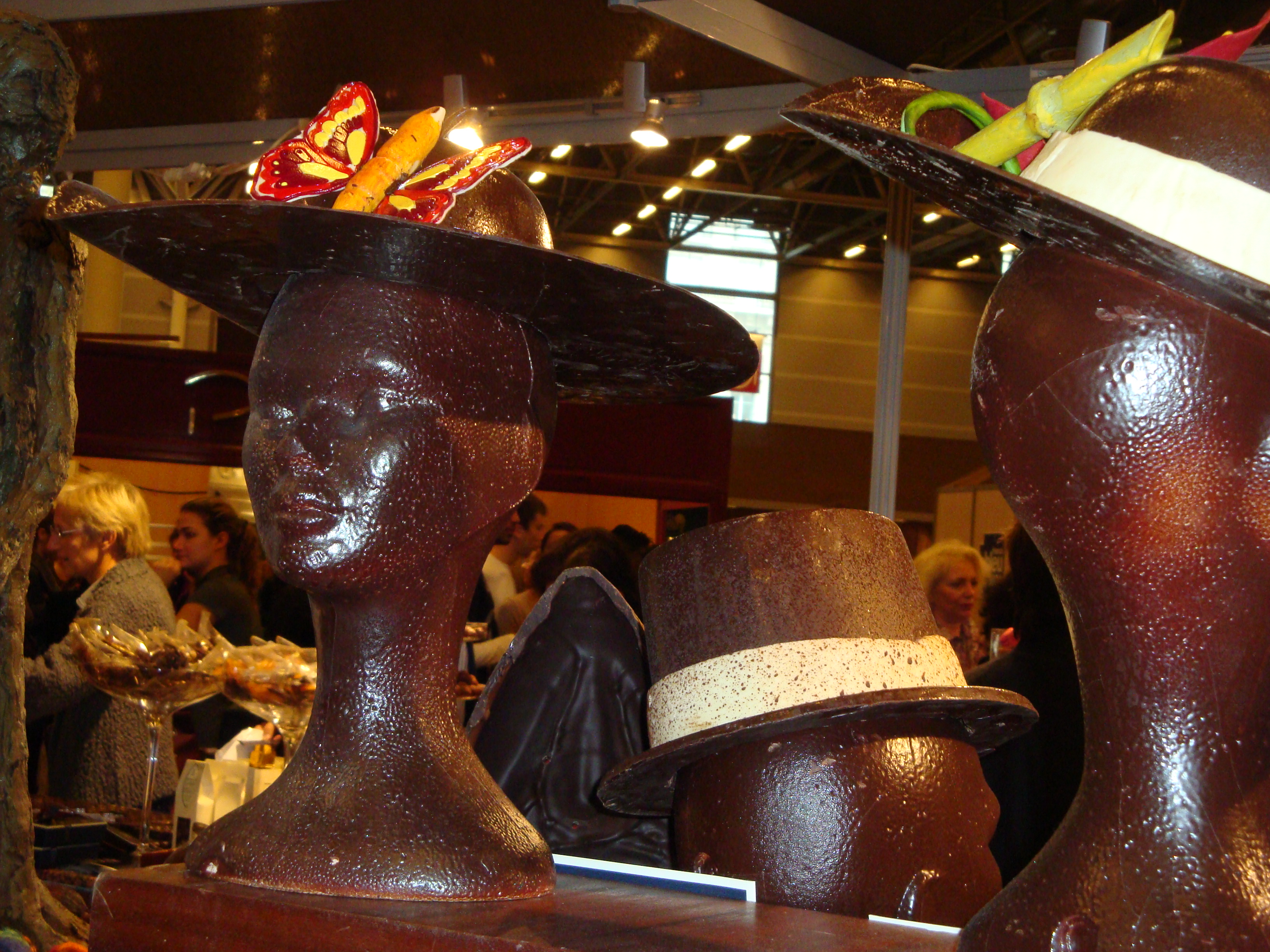Ever since I was a two-year-old bumblebee stumbling through her first round of trick-or-treating, Halloween has been my favorite holiday. Sadly, the French don’t seem to care for it; even my dictionary translates Halloween as Toussaints—better known to the English-speaking world as All Saints Day, celebrated on November first, which is, in France, a national holiday.
Halloween itself is something the French seem to leave mostly to children and EuroDisney. The theme park’s advertisements in nearly every arrêt du métro, featuring ubiquitous citrouilles (pumpkins) and Disney villains set against orange-tinted backgrounds, were the only sign of the approaching holiday for the better part of October.
French seem to leave mostly to children and EuroDisney. The theme park’s advertisements in nearly every arrêt du métro, featuring ubiquitous citrouilles (pumpkins) and Disney villains set against orange-tinted backgrounds, were the only sign of the approaching holiday for the better part of October.
Just a few days before the end of the month, a display of individually-wrapped candies was begrudgingly erected in my local Monoprix (the grocery/department store comprising the nearest French equivalent of America’s Target, but with a Starbucks-level of popularity); even as of the writing of this article on November second, the stand appears untouched. True, there is no reason to buy cheap candy in France if nobody will be trick-or-treating; a friend’s host mother told her that she’d had one dejected trick-or-treater visit in the past six years. Unprepared for his arrival, she sent him home with an orange instead of candy.
By end of October, my bumblebee wings were wilting; as my friends back home prepared their costumes and frequented their haunted houses, I was searching Google in vain; according to the internet, the only maison hantée to be found in Paris is just the starting point to a Da Vinci Code tour of the city. Still, I wasn’t ready to give up; I refused to let Halloween pass unremarked, even if nobody else cared to celebrate. I shouldn’t have worried, of course; in its typical, très chic fashion, Paris more than delivered.
Between October 28 and November 1, the city hosted an elaborate Salon du Chocolat¬—a large-scale festival, bringing together chocolatiers from across the world. I visited the spectacle on Halloween itself, and spent several hours in sugar-shocked awe, wandering from baraque to baraque feeling much as I must have felt when, as a two-year-old bee, strangers showered me with candy for no readily apparent reason. Even better, this was trick-or-treating that adults (of the sweet-toothed, gourmand variety) could also enjoy—complete with free samples of chocolate-covered coffee beans, macarons, and chocolate-infused wine.
Taste buds aside, the sheer scale of the Salon was staggering as well; not only in the numbers—several hundred chocolatiers participated—but also in the variety of their products, which turned the convention center into a veritable Parisian WonkaLand. The desserts were impressive, but even more so were the sculptures: one stall featured shirts and ties made entirely of chocolate; another displayed hand-crafted hats, purses, and shoes, all built and detailed in chocolate and then finished with edible paint. I was sadly unable to attend the chocolate fashion show, but I did see the display of the designers’ wearable chocolate designs, where the use of edible product ranged from strings of macarons replacing the need for pearl jewelry, to an enormous bird cage made of chocolate, to be worn by a winged model in a chocolate dress. (Quite an impressive Halloween costume, if you ask me, and one that entirely eliminates the need to go door-to-door at that.)
The Salon du Chocolat was not created or intended in the spirit of Halloween, but it succeeded admirably as a substitute. I have to admit, standing amongst chocolate lovers and sipping vin cacao is a far more refined way of celebrating an occasion than running, screaming, down tarp-covered corridors from a stage-bloodied zombie. La France is just a little bit too dignified for that.
Anna Kovatcheva (UVa)